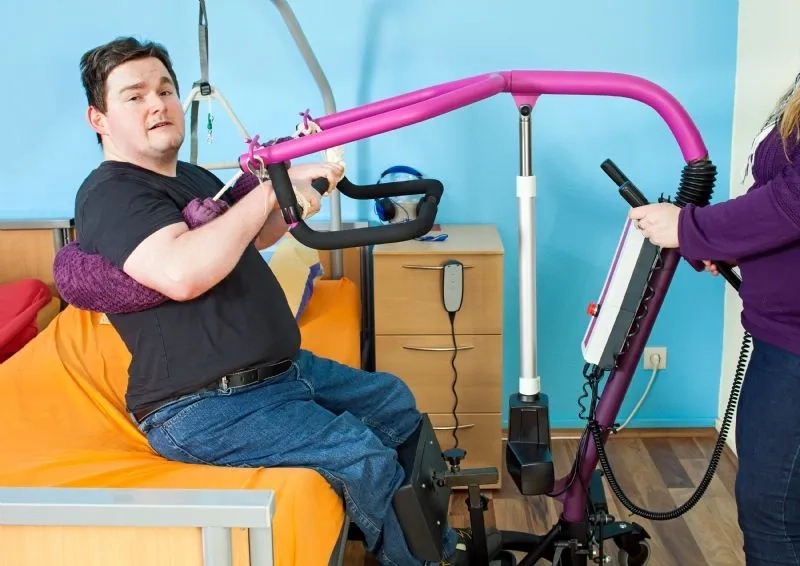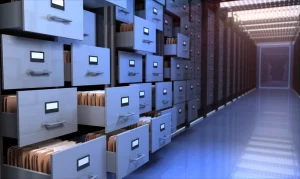As industries increasingly rely on lifting solutions to optimize operations, a critical question emerges: how do fixed and freestanding lifts compare in the era of rapid technological advancement? Fixed lifts excel in precision and reliability, ensuring consistent results. On the other hand, freestanding lifts offer flexibility and adaptability, allowing for quick adjustments. By examining the cutting-edge features and capabilities of these lifting solutions, a striking contrast emerges, highlighting technology’s role in shaping the future of lifting operations.
Key Takeaways
- Advanced technologies in fixed lifts enhance performance, reliability, and safety through motor control systems and precision sensors.
- Freestanding lifts leverage technology for easy reconfiguration, accommodating changing production needs and workflows with reduced maintenance downtime.
- IoT connectivity enables real-time monitoring and AI-powered optimization of lift performance and energy efficiency in both fixed and freestanding lifts.
- Modular design allows for customization and scalability in lift technology, transforming fixed and freestanding lift design for future applications.
- Comparative analysis of fixed vs. freestanding lifts is crucial to determine the most suitable option for specific applications, ensuring seamless integration with existing infrastructure.
Understanding Lift Types and Needs
When it comes to selecting the right lift system for a specific application, a thorough understanding of the fundamental differences between fixed and freestanding lifts is essential, as each type is designed to cater to distinct operational requirements and environmental constraints. Comparing fixed vs. freestanding lifts, fixed lifts are typically bolted to the floor, ideal for high-traffic areas, while freestanding lifts offer flexibility and portability.
Technology Advancements in Fixed Lifts
In fixed lifts, the integration of advanced technologies has greatly enhanced their performance, reliability, and safety features, thereby elevating their overall efficiency in high-traffic areas. Advanced motor control systems, precision sensors, and intelligent algorithms optimize travel time, reduce energy consumption, and guarantee smooth operation. These advancements enable fixed lifts to effectively Compare fixed vs. freestanding lifts regarding efficiency and reliability.
Benefits of Freestanding Lifts in Industry
Freestanding lifts, by virtue of their flexibility and adaptability, have emerged as a preferred choice in various industrial settings, where the ability to relocate or reconfigure equipment is paramount. Their benefits include:
- Enhanced equipment utilization: Freestanding lifts enable efficient use of equipment, reducing idle time and increasing productivity.
- Improved workspace optimization: They allow for easy reconfiguration of workspaces, accommodating changing production needs and workflows.
- Reduced maintenance downtime: Freestanding lifts facilitate quicker maintenance and repairs, minimizing equipment downtime.
Comparing Fixed Vs. Freestanding Lifts
Routinely, industrial operations require careful evaluation of lifting solutions, and a thorough comparison of fixed vs. freestanding lifts is essential to determine the most suitable option for specific applications. Comparing fixed vs. freestanding lifts involves analyzing factors such as load capacity, stability, and flexibility to guarantee seamless integration with existing infrastructure and efficient workflow performance.
Future of Lift Technology Integration
Advancements in lift technology are poised to revolutionize the industry, as emerging trends and innovations transform the way fixed and freestanding lifts are designed, operated, and integrated into industrial workflows. The future of lift technology integration holds promise, with:
- Seamless IoT connectivity enabling real-time monitoring and predictive maintenance.
- AI-powered optimization of lift performance and energy efficiency.
- Modular design for effortless customization and scalability, Comparing fixed vs. freestanding lifts will become increasingly important as technology continues to evolve.
Frequently Asked Questions
How Do Lift Manufacturers Ensure Safety Compliance With Changing Regulations?
Lift manufacturers guarantee safety compliance by staying abreast of evolving regulations, conducting regular risk assessments, and implementing design and testing protocols that meet or exceed industry standards, such as EN 81 and ASME A17.1.
Can Freestanding Lifts Be Easily Relocated to Different Production Areas?
Freestanding lifts are designed for versatility, allowing easy relocation to different production areas via forklift or crane, making them an ideal choice for facilities with changing production layouts or frequent process adjustments.
What Maintenance Schedules Are Recommended for Fixed Vs. Freestanding Lifts?
Regular maintenance schedules for fixed and freestanding lifts involve daily, weekly, and monthly checks, focusing on lubrication, hydraulic systems, and safety features, with quarterly and annual inspections by certified technicians to guarantee peak performance and safety.
Do Freestanding Lifts Require More Extensive Foundation Preparation?
Freestanding lifts typically require more thorough foundation preparation due to their self-supporting design, which demands a strong anchoring system to guarantee stability and safety, whereas fixed lifts often rely on existing structural support.
Can Comparing Fixed Vs. Freestanding Lifts Help Optimize Warehouse Layouts?
Optimizing warehouse layouts can be achieved by comparing fixed vs. freestanding lifts, as this analysis enables informed decisions on equipment placement, traffic flow, and storage capacity, ultimately enhancing operational efficiency and productivity.
Conclusion
The integration of advanced technologies in fixed and freestanding lifts has led to distinct specializations. Fixed lifts excel in high-traffic areas, offering enhanced efficiency and reliability. Freestanding lifts provide flexibility and portability, catering to changing production needs. As technology continues to evolve, understanding the strengths of each lift type is essential for informed decision-making. The future of lift technology integration will likely involve the convergence of these specializations, driving innovation, and optimizing industrial workflows.











